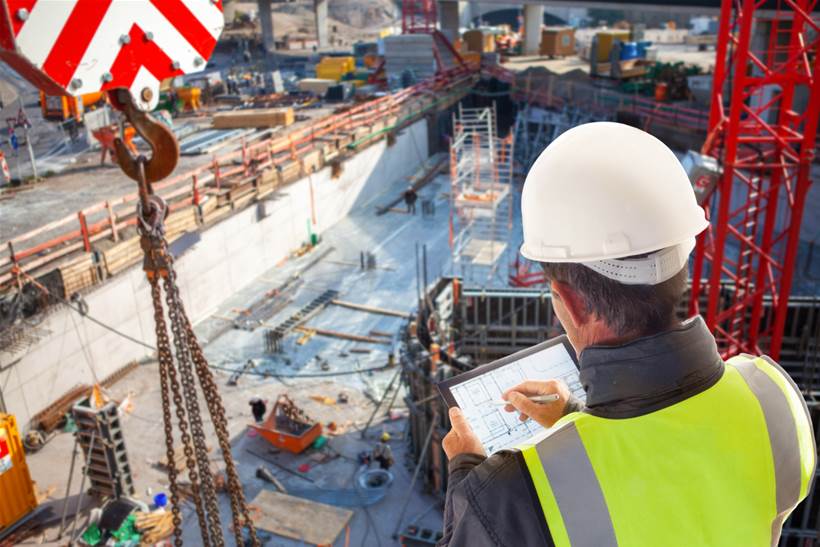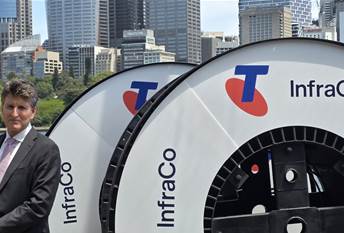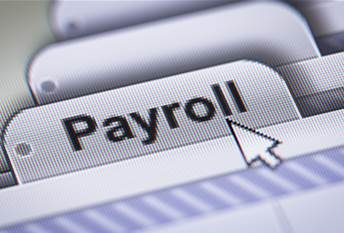If you thought COVID-19 has been a headache for office workplace health and safety managers, consider those managing Victoria’s ‘Big Build’ and the many city-shaping projects it is comprised of. With the state's population projected to reach ten million by 2051, the Big Build is delivering rail and road projects that will keep Victorians moving for decades to come.
On major projects of this nature, there was a demand for automated COVID management tools that minimise disruption and safeguard employee wellbeing.
Throughout 2021, we supported the implementation of a custom COVID Site Protection Readiness System for Level Crossing Removal Project (LXRP) Alliances in Victoria, Australia. The system was designed to assist with managing COVID across our clients’ various sites within Melbourne, reduce potential site closure impacts and accelerate contact tracing. Through the automation-based solution, LXRP can assess over 5,000 daily visitors with appropriate privacy safeguards and data quality constraints. The solution has the ability for individual, selected or mass exposure alerts to be sent via SMS.
Projects like this are significant in an industry where data and systems are not always joined up, paving the way for digital transformation that improves customer experiences.
Such “small gains” mean that “the door is at least ajar, if it's not open” to greater adoption of digital technologies, in the view of Steve Lennon, practice director at GHD Digital Australia.
An array of digital solutions, including Internet of Things (IoT) products, have emerged for tackling safety, productivity and environmental compliance challenges. But IoT is not yet used on a wide scale in the construction sector.
The status of IoT adoption
The state of IoT use in Australian industries will be laid out in Sydney on November 16 at the IoT Alliance Australia State of the Nation event, which brings together people at the forefront of IoT use in industries, government and communities.
At the event, GHD Digital will lead a session about how Australian IoT is being used for good across industries, including the nascent take-up by the construction sector. For example, during a concrete pour, ‘sacrificial sensors’ can be deployed to monitor the rate and uniformity of the concrete curing process, with the goal of helping builders know more precisely when they can continue building on it.
On a stadium upgrade project, a major contractor has used automated video and audio monitoring to help it respond to any noise complaints from nearby residents.
“They may be getting complaints all night, every night about disruptive traffic that they're to blame for. But with the video and audio monitoring you can show people that ‘no, it's a different truck that went by at 11.12pm - not our truck’,” Lennon explained.
“IoT is already being deployed. It’s already proven in lots of different use cases,” he said.
Executives in the infrastructure and construction sectors are experiencing a “mindset shift” about how they can apply innovation in their organisations, according to GHD Digital’s 2022 report: The Innovation Imperative. It details the results of a global survey conducted in March 2022 of 777 senior executives, who work in a range of industries. Executives from the infrastructure and construction sectors reported higher levels of disruption, comparable with peers in the energy and natural resources sectors.
But, as in other industries, there are organisational, technical and market challenges.
Roadblocks to digital change
Cost is a challenge. “Contractors bidding for a job know that deployment of some of these smarter technologies could deliver longer term benefit for the asset owner, and they probably could create a safer and more productive worksite. But they remain very reticent to include anything that increases the headline cost of their bid,” Lennon said.
“It's a bit like going back to the beginning of the green building movement. A decade or more ago, when you had a building that was passively designed that required little or no external heating or cooling, that could recycle grey water, do all those fancy things – no one would pay for any of that in the beginning. But now, with Green Star ratings and LEED ratings in the US, it's become obvious that customers will pay more for a more high-performing building.”
Digital literacy is another problem, in Lennon’s view.
Another consideration is pushback against technologies that track people on construction sites, especially in such a heavily unionised industry.
Cybersecurity is also a concern. The construction sector “can be a very litigious environment”, Lennon noted and companies “have been sued over not picking up underground obstacles and issues with utilities and other problems that cause major delays and cost overruns. When they hear about cyber-attacks on Optus and elsewhere, they also wonder if they should be playing with this ‘newfangled’ technology when perhaps it’s creating more vulnerability and opportunity for something to go wrong.”
“They need more education and communication about how such risks can be managed,” he said.
Technical interoperability remains a challenge too. Construction managers complain about technology providers pushing platforms that don’t talk to each other. Technology companies such as SiteHive, which provides technology for constantly monitoring environmental conditions including noise and dust, have worked out how to make third party devices talk to their data platforms, but “the data, commercial and legal frameworks are not there to make that easy,” Lennon pointed out.
“There’s no strong standards and framework yet for interoperability so there’s a way in which devices can talk to one another that’s been agreed and standardised,” he said.
Governance of the way products are introduced to the construction and infrastructure sectors is also problematic in Lennon’s opinion. “In every state jurisdiction, you've got to overcome all sorts of different regulatory hurdles in order to bring a new product to the industry,” he said. He suggested a framework is needed for the introduction of new products.
The lack of digital transformation of construction and infrastructure could cost the economy billions and stagnate financial recovery, Lennon has argued. He sees digital practices as a way to mitigate labour and supply issues.
That will require the right foundations. “Making sure we don't lose sight of why we're seeking to deploy these technologies is absolutely critical,” Lennon said. “The purpose and impact of any technology solution has to be a more usable, more safe, more enjoyable, more productive and more cost-effective outcome.”
“We have to take the user perspective and understand how infrastructure is going to be used, visited, driven over, and not evangelise a piece of technology for its own sake.”
GHD Digital will host the IoT Alliance Australia State of the Nation event on November 16 in Sydney.







